Beauté Congo
Cartier explores Congloese art progression at foundation exhibit.
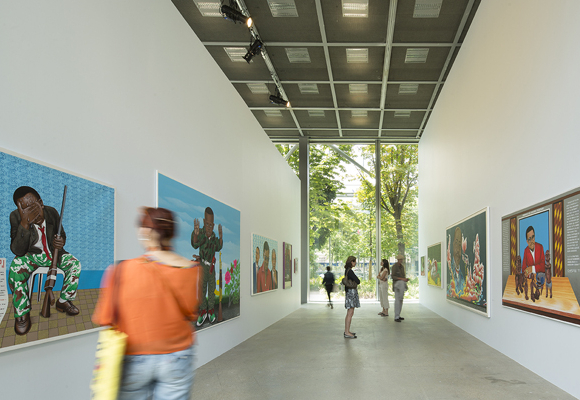
Taking as its point of departure the birth of modern painting in the Congo in the 1920s, this ambitious exhibition will trace almost a century of the country’s artistic production. While specifically focusing on painting, it will also include music, sculpture, photography, and comics, providing the public with the unique opportunity to discover the diverse and vibrant art scene of the region.
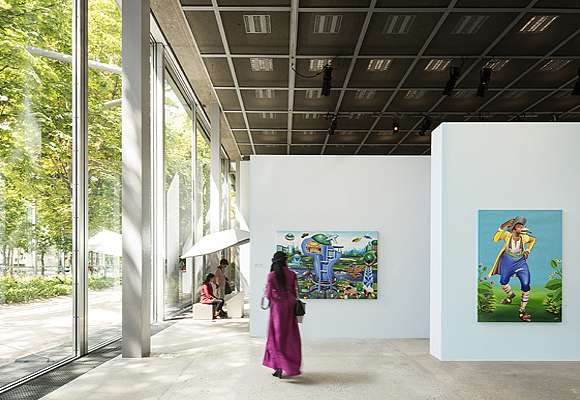
As early as the mid-1920s, when the Congo was still a Belgian colony, precursors such as Albert and Antoinette Lubaki and Djilatendo painted the first known Congolese works on paper, anticipating the development of modern and contemporary art. Figurative or geometric in style, their works represent village life, the natural world, dreams and legends with great poetry and imagination.
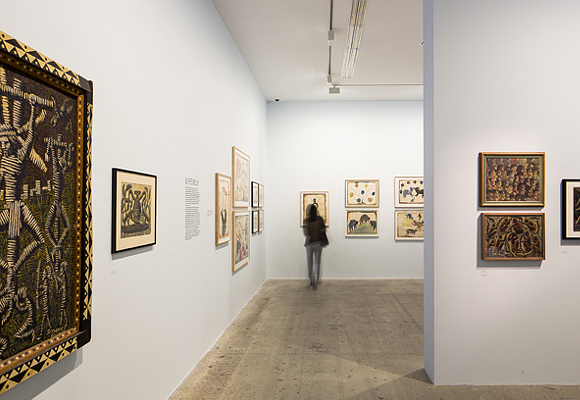
Following World War II, the French painter Pierre Romain-Desfossés moved to the Congo and founded an art workshop called the Atelier du Hangar. In this workshop, active until the death of Desfossés in 1954, painters such as Bela Sara, Mwenze Kibwanga and Pili Pili Mulongoy learned to freely exercize their imaginations, creating colorful and enchanting works in their own highly inventive and distinctive styles.
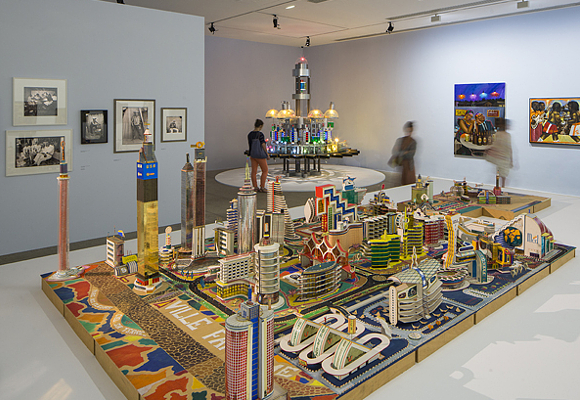
Twenty years later, the exhibition Art Partout, presented in Kinshasa in 1978, revealed to the public the painters Chéri Samba, Chéri Chérin, and Moke and other artists, many of whom are still active today. Fascinated by their urban environment and collective memory, they would call themselves “popular painters.” They developed a new approach to figurative painting, inspired by daily, political or social events that were easily recognizable by their fellow citizens.
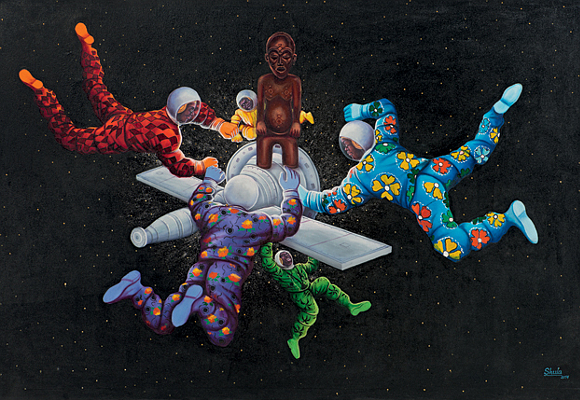
Papa Mfumu’eto, known for his independent prolific comic book production and distribution throughout Kinshasa in the 1990s, also explored daily life and common struggles throughout his work. Today younger artists like J.-P. Mika and Monsengo Shula, tuned-in to current events on a global scale, carry on the approach of their elders.
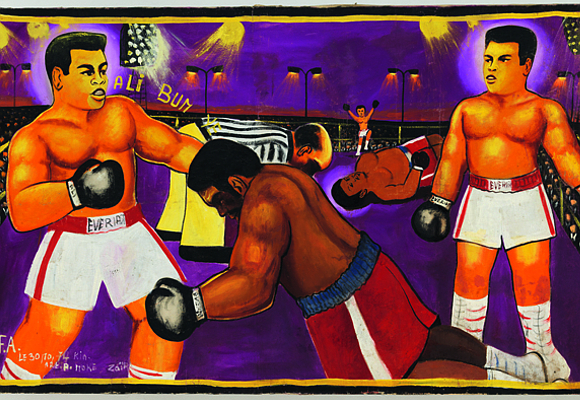
Beginning in the 1980s and continuing through to the present, innovative sculptors like Bodys Isek Kingelez and Rigobert Nimi have created intricate architectural models of utopian cities or robotized factories to explore the question of social cohesion. For them, art provokes self-renewal that in turn contributes towards a better collective future.
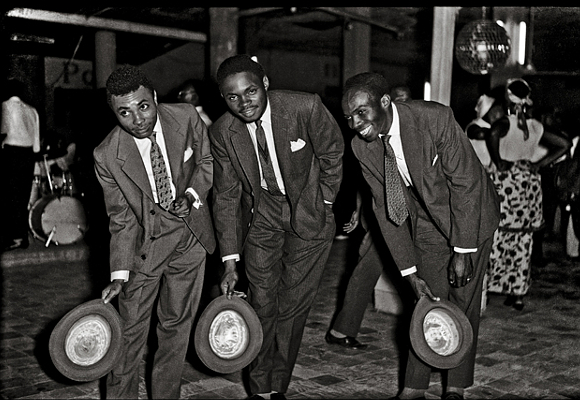
Reflecting a new generation of artists, the members of the collective Eza Possibles, created in 2003, have refused the narrow confines of the Académie des Beaux- Arts of Kinshasa. Two of its founding painters, Pathy Tshindele and Kura Shomali reaffirm the vitality of the contemporary scene with their unconventional collages and paintings, and critical approach to art.
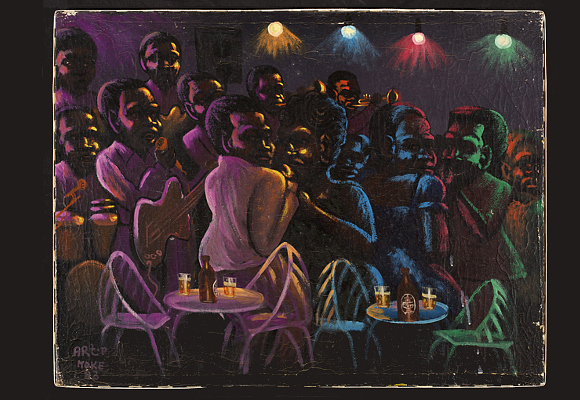
Depicting the energy in the city Kinshasa following the independence of the Congo, the work of photographers such as Jean Depara and Studio 3Z will also be presented in the exhibition. The designated photographer of the musician Franco, Jean Depara portrayed the lively and extravagant night life of Kins the 1950s and 1960s. Recording the world of Sape (The Society of Ambiancemakers and Elegant People) and body-builders, Ambroise Ngaimoko, from the Studio 3Z photographed the attitudes and ardor of the youth of Kinshasa in the 1970s.
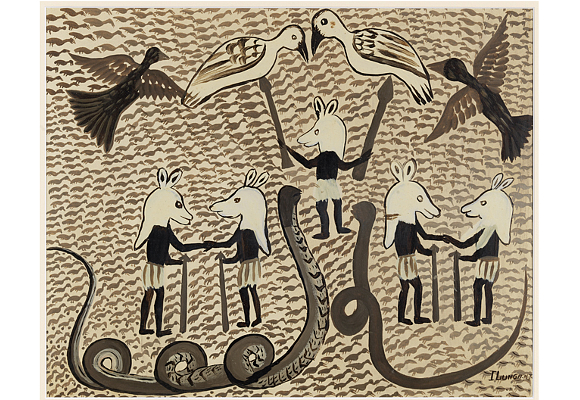
Jazz, soul, rap, and popular dance music Music, omnipresent in city life in the Congo, has actively contributed to this vibrancy. The Congolese music industry blossomed during the golden age of rumba beginning in the 1950s. While it has since been highly influential in Sub-Saharan Africa, this urban music is largely unknown outside the continent. This important facet of the country’s creative spirit, including jazz, soul, rap, and popular dance music, will be heard at key moments in the exhibition, in conversation with specific artworks.
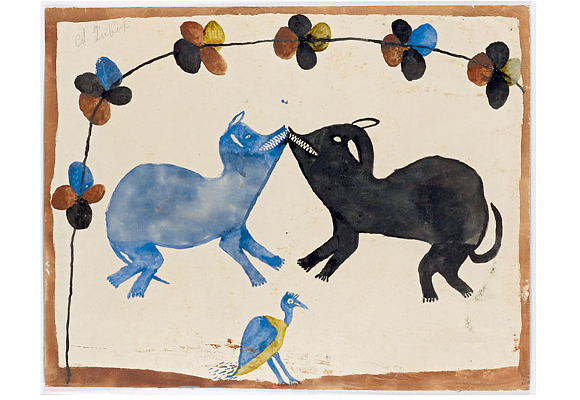
Visitors will be invited to listen to songs by the smooth Tabu Ley Rochereau, the great Franco and his group OK Jazz, the soulful Mbilia Bel, the sapeur Papa Wemba, and the eclectic Trio Madjesi, amongst others, carefully selected by Vincent Kenis of Crammed Discs in collaboration with Césarine Bolya. The duo will also present their never-before-seen documentary entitled Ndule Ya Kala, a series of spontaneous interviews of people who participated directly or indirectly in Kinshasa’s 1960s music scene.
Upholding the Fondation Cartier’s commitment to African contemporary art, Beauté Congo – 1926-2015 – Congo Kitoko follows a series of other projects held at the Fondation featuring Congolese artists including the solo shows Bodys Isek Kingelez (1999) and J’aime Chéri Samba (2004) and the thematic exhibitions Un Art Populaire (2001) and Histoires de voir, Show and Tell (2012).
